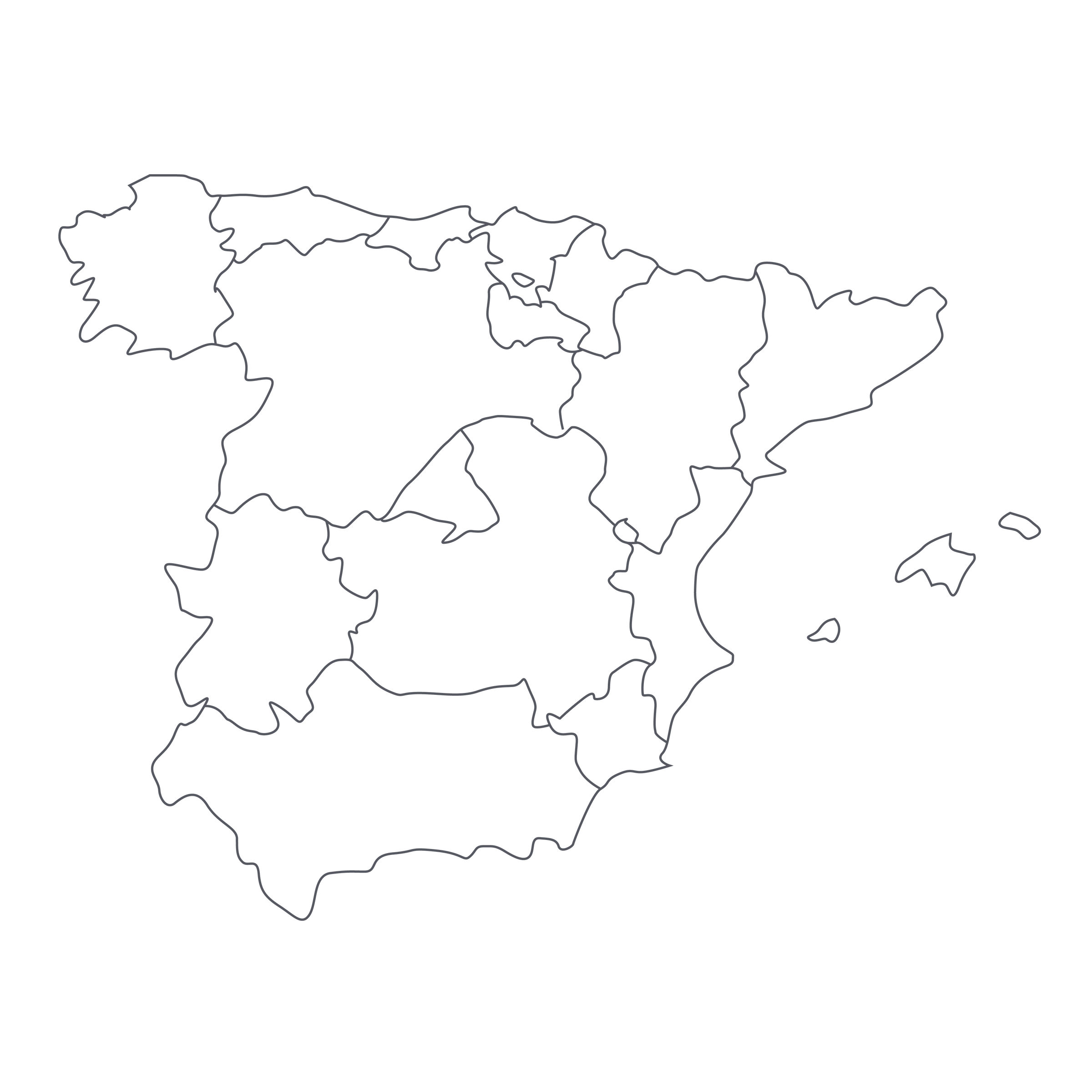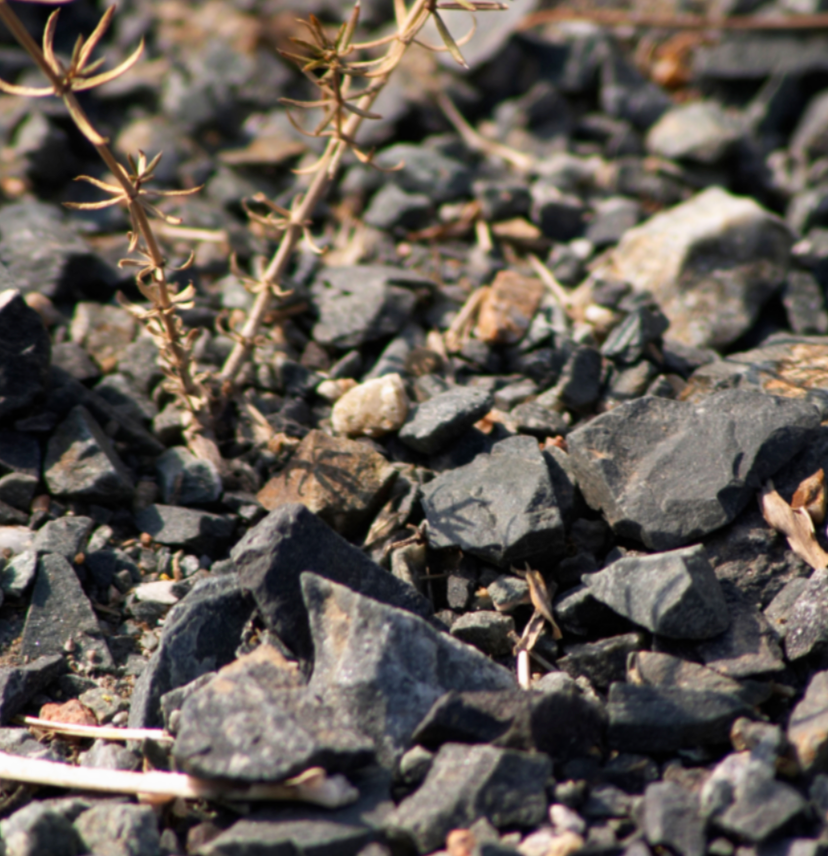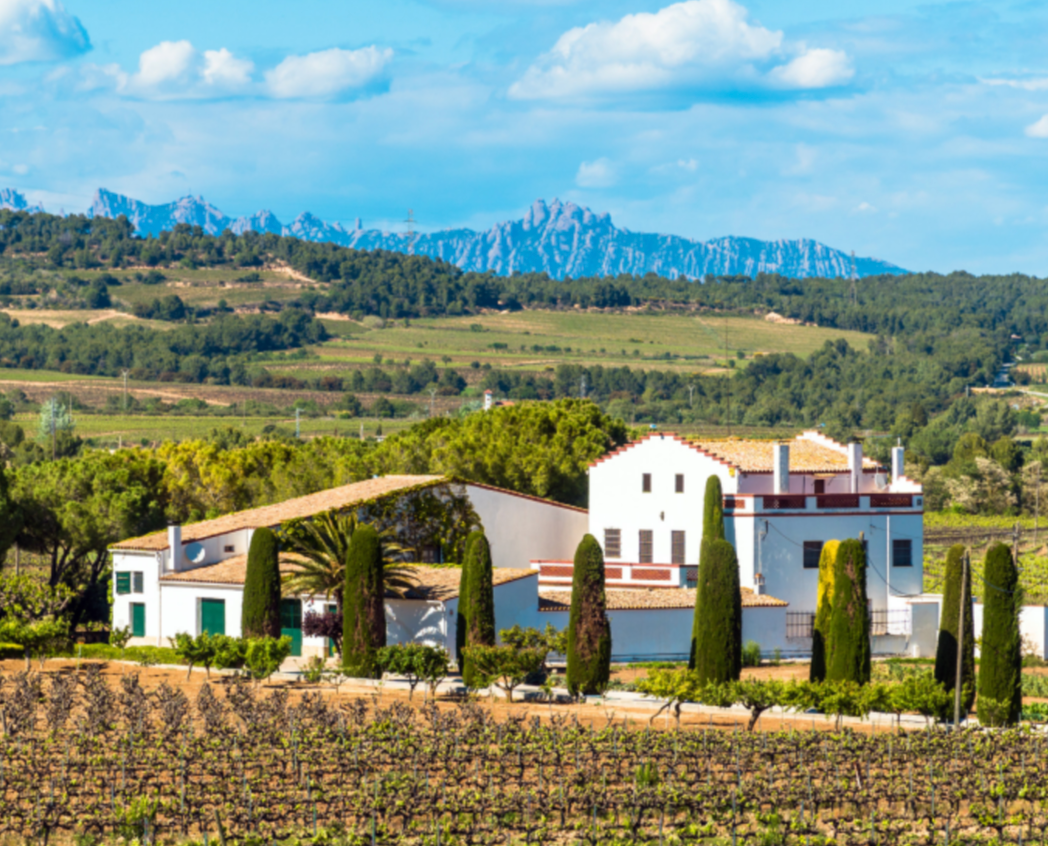Over centuries of occupation, the Romans built terraced vineyards that still hug the steep banks of rivers Sil and Miño. The scale of this landscape is as impressive as the Rhône and Mosel valleys. The region is made up of many miles of steep terraced vineyards (see photos:
http://www.guimaro.es/galeria.asp) sometimes as steep as 70% grade, towering thousands of feet over the Miño and Sil rivers. Here, the principal variety is Mencia, a red grape whose lineage leads back to the Jaen varietal, rumored to be originally from Portugal’s Dão region. The Ribeira Sacra is still a relatively obscure region, so there is a limited international audience for the wines, let alone an established consensus regarding top estates. Still, amongst the producers I have worked with, Pedro Rodríguez is an elite, and there is one primary reason: his vineyards. Pedro produces numerous wines, but his very best are from tiny single vineyard sites that cling precariously to steep, terraced slate hillsides. These parcels represent the epitome of minerality, good drainage, and the age-old notion of making vines struggle in service of a timeless finished product.
Today’s wine is produced from vines located within the Finca Meixemán, a small, 1-hectare vineyard of 70-year-old Mencia vines planted at 1500 feet elevation. These ancient vines are hand harvested, then carefully hiked (and muled!) up stairs which are cut into the hillside. Once grape clusters arrive at the winery, they are partially destemmed, then gently pressed by foot in large “cono (the local name for large French oak foudre), before being aged in 225 Liter neutral barrels for roughly 14 months. Production is minuscule at about 300 cases each year, and the quality of every vintage I've enjoyed since 2006 has been outstanding. Guímaro makes a variety of great wine every year, but the Meixeman (labeled B2M in previous vintages) is always my personal favorite.
The 2013 Guímaro Finca Meixemán has a dark crimson core with light ruby reflections throughout. The nose is filled with wild, powerful, and complex aromatics of freshly crushed wild berries, wilted violets, smoked meat, tar, crushed slate, wet tobacco with a touch of olive and white pepper. It is very similar to high-quality Côte-Rôtie with a touch more fruit. The palate is lush, with round tannins, and notes of kirsch, wild raspberry, blackcurrant, dried herbs, wildflowers, crushed black rocks, oil cured black olives and meat. This vintage benefits significantly from exposure to air. I would decant for a minimum for 45-60 minutes before serving in large Burgundy stems, just above cellar temperature. In my ample experience with this cuvée in current and past vintages, it pairs well with an amazing variety of foods: Cassoulet, Ribeye with Romesco, Roast Cod with red wine sauce and so on. First and foremost I would recommend you try it with a Grass Fed Ribeye served Rare just as Pedro and I did. Sometimes simple is best. And finally, I want to stress that this is a bottle built for extended cellar aging. The oldest bottles of Guímaro in my cellar continue to improve and evolve. The older they are, the more expressive they become. If your cellar collection is becoming too weighted toward France and Italy, there is no better addition to demonstrate Spain’s brilliance. Cheers.





